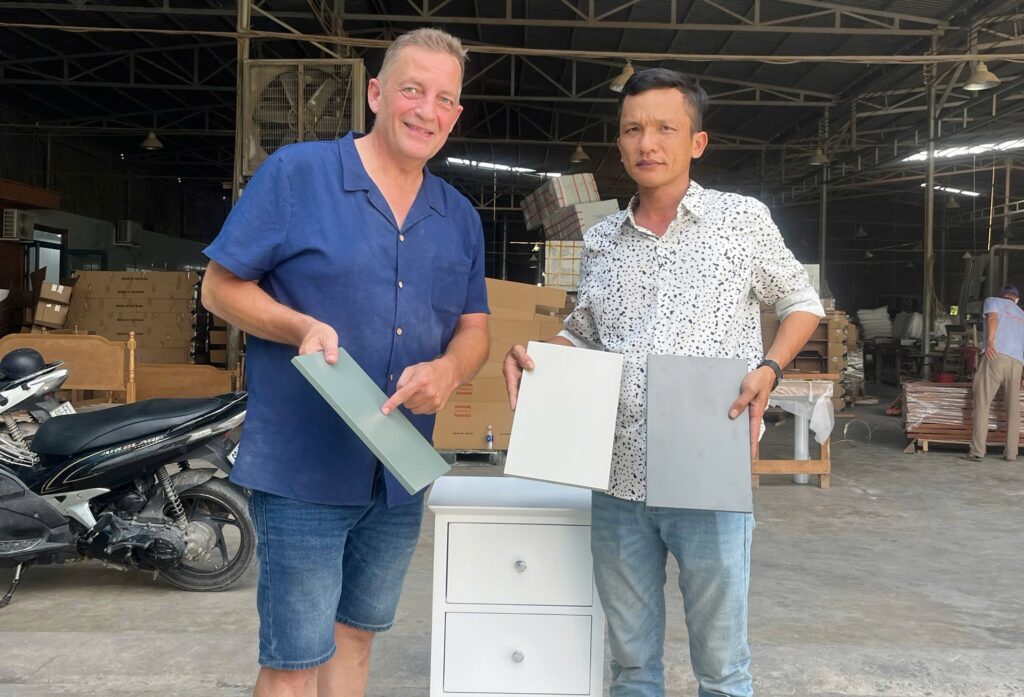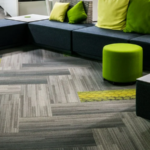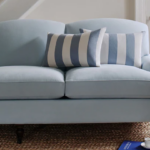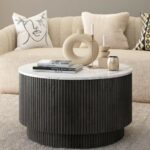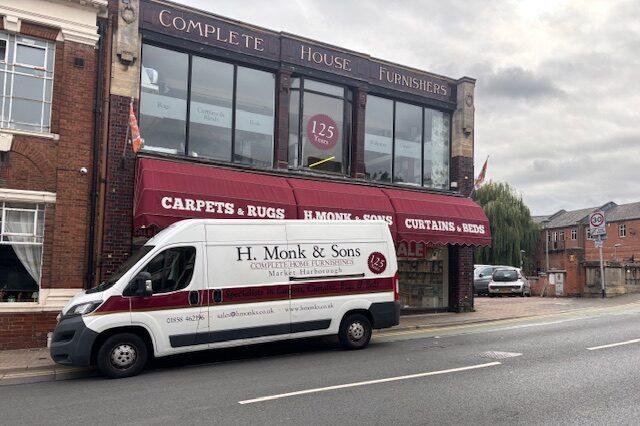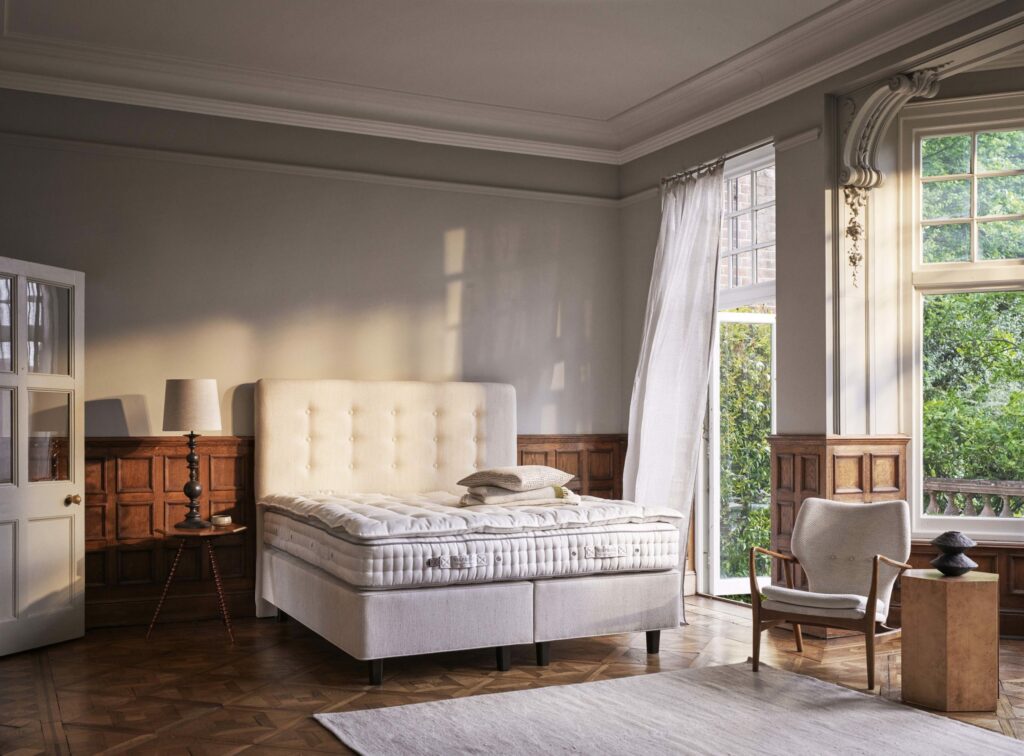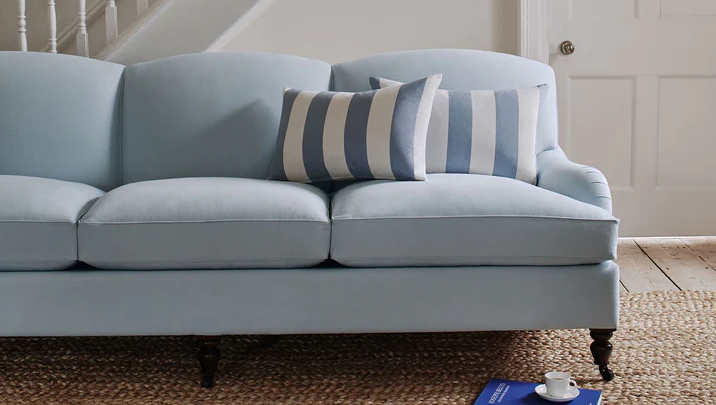Henrik Pontoppidan, Director of S2U Design, shares a case study that details how to apply best practice.
I often talk about best practices when working with Vietnamese manufacturers. This time, instead of theory, let’s look at a real case study. The client in question is a globally operating company delivering bespoke project-based turnkey solutions for upholstered seating for the hospitality industry.
Their requirements were unique, but the lessons apply far beyond this case. When outsourcing to Vietnam, there are universal practices that can make the difference between success and failure. They aren’t found in textbooks – they come only from years of on-the-ground presence and experience.
This project touched almost every aspect of cooperation: design, product development, factory selection, logistics, subcontractor management, communication, compliance, and contracts.
When “Yes We Can” Means “Not Really”
The client had already invested heavily in relationships with large, well-equipped Vietnamese factories. On paper, these suppliers looked perfect: impressive showrooms, famous customers, and in-house R&D teams.
But reality told another story. Despite clear documentation and professional communication, my client wasn’t getting the responses, schedules, or actions they needed.
The issue? A fundamental mismatch in business models. These factories were built for volume retail orders: the same products repeated over and over. My client, meanwhile, thrives on bespoke, project-based production with constantly changing briefs.
In Vietnam, manufacturers rarely say no. The default answer is “yes, we can”, even when the fit is wrong. That’s exactly what happened here.
Step 1: Finding Better-Fit Factories
The first step was tough: recognising that the existing factories, despite the effort invested, weren’t suitable partners for my client’s needs.
We deployed our Factory Funnelling service – visiting, vetting, and shortlisting manufacturers who genuinely wanted bespoke project work. The result? Motivated partners, improved communication, faster alignment, and better prices.
Sometimes the hardest step is letting go of a bad match. But in this case, it opened the door to everything else.
Step 2: Fixing Logistics Misalignments
The client had been buying on EXW terms, arranging shipments themselves to avoid supplier delays. On the surface, this looked safe. In practice, it caused friction and extra admin.
Why? Because most Vietnamese exporters work on FOB terms. EXW meant constant debates: who is the exporter/shipper, who pays for the docs, who books the container?
We shifted everything back to FOB. The factories handled export procedures they already knew, while the client focused on product and quality. Less admin, fewer arguments, smoother operations.
We also streamlined the flow by having one key manufacturer act as exporter. They consolidated parts from nominated subcontractors, so one shipment arrived complete – ready to install.
The noticeable headache came with fabric supply. To retain full control and transparency, my client would order, buy, and ship fabric into Vietnam, while the manufacturer had to import it. This caused paperwork, coordination issues, customs delays, and scheduling risks. We simplified this model by nominating the fabric supplier, let the manufacturer purchase directly, and simply monitor their POs. Fabric then flows seamlessly, aligned with production, without unnecessary complications.
Step 3: Controlling Design and Development
For my client, product development is mission-critical. But travelling back and forth for sample checks drained budgets – and worse, many trips were wasted because products weren’t ready.
This is where our Sample Inspection service came in. Instead of flying halfway around the world for half-prepared samples, we inspected them on-site, gave detailed reports, and kept development on track. If samples weren’t ready or needed revision, we returned the following week.
Combined with closer factory relationships, this gave clarity, control, and consistency.
Step 4: Managing Subcontractors Directly
Almost no Vietnamese factory makes every component in-house. Subcontracting is the norm – and with it come potential delays, hidden costs, and quality risks.
Instead of leaving this to the factories, we went hands-on. On the ground, we sourced, sampled, and negotiated directly with subcontractors. In many cases, we secured better pricing and quality than the main factory could offer.
We then nominated these subcontractors back to the factory, monitored POs, and carried out QC checks at source. The result was full visibility, quality control, and fewer costly surprises.
Lessons from the Case
This project shows why having boots on the ground in Vietnam is often the difference between frustration and flow.
- Choosing the right factory is less about who looks impressive, and more about who is strategically aligned with your model.
- Unfamiliar logistics terms can cause chaos in Vietnam – go with what the factories know.
- Regular sample inspections and direct subcontractor management prevent costly mistakes.
- Above all, success in Vietnam is about bridging cultural and operational gaps with steady, practical experience and the ability to visit factories on demand.
For this client, shifting approach meant better factories, smoother logistics, controlled development, transparent subcontracting, and lower costs.
That’s what S2U Design Vietnam is here for – not theory, but action, results, and peace of mind.
If you need help with your projects in Vietnam, or just free advice, check out www.s2udesign.com or drop me a line at henrik@s2udesign.com.


